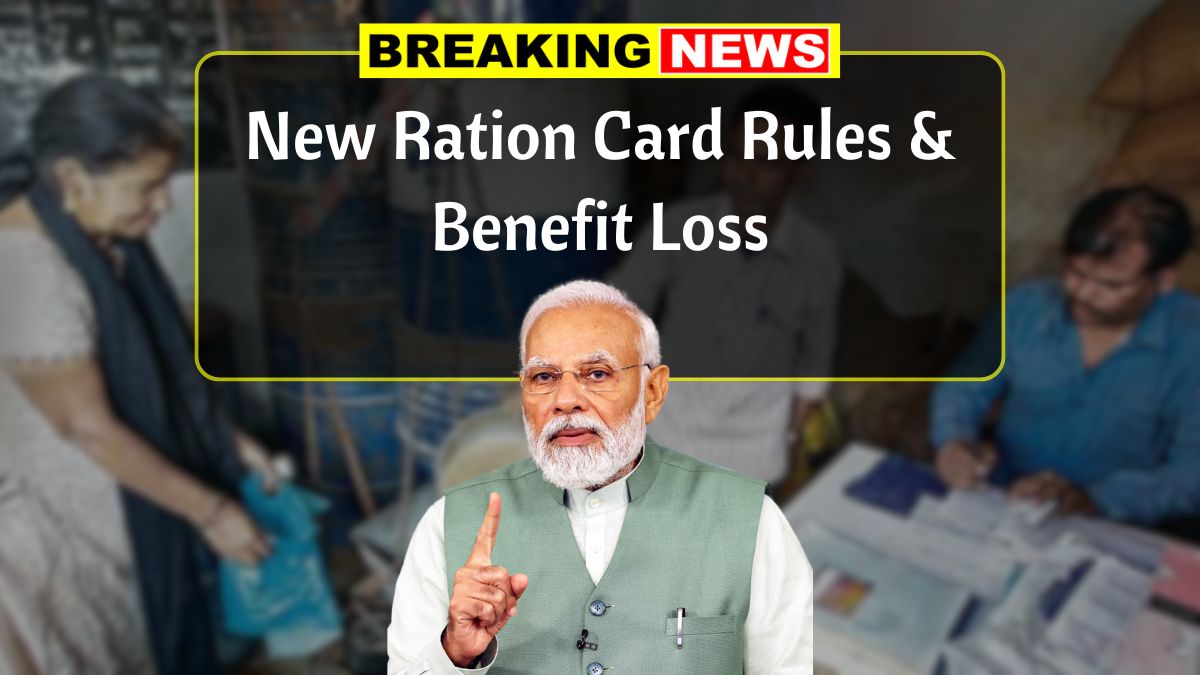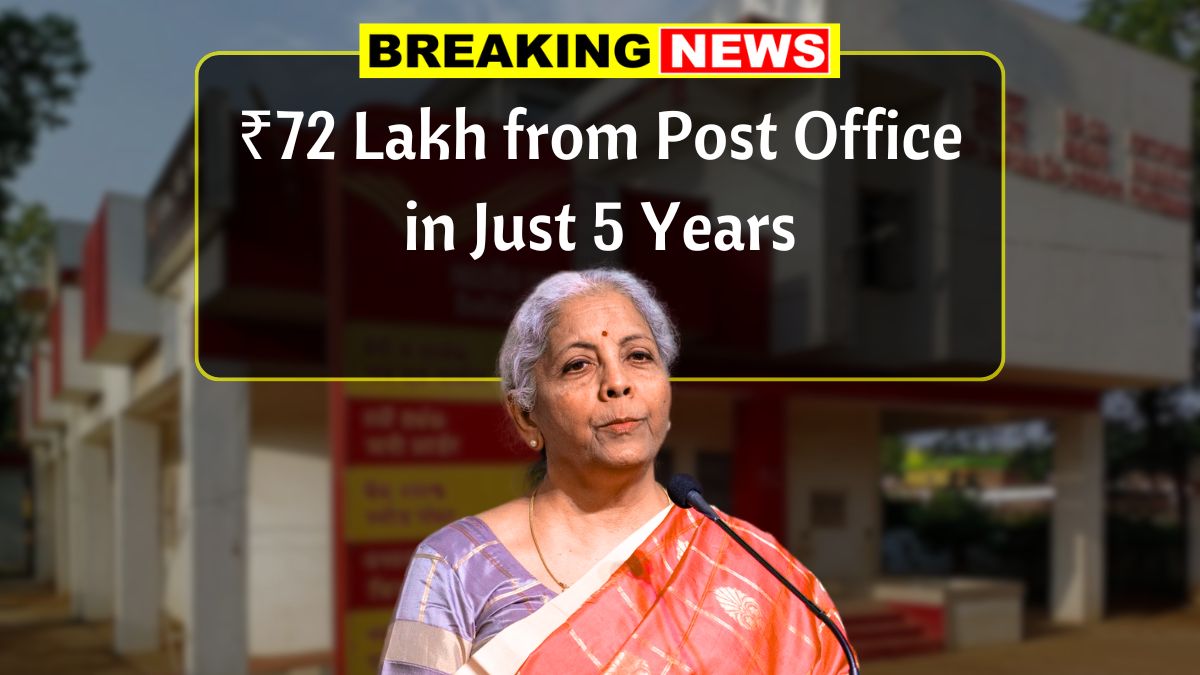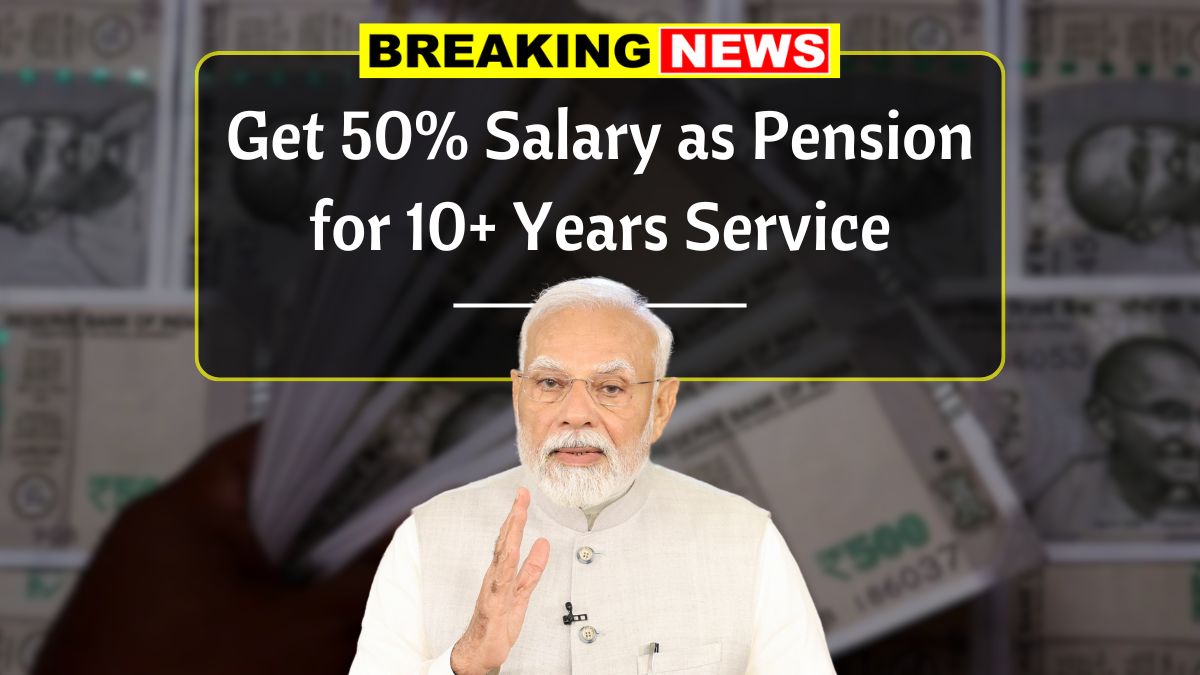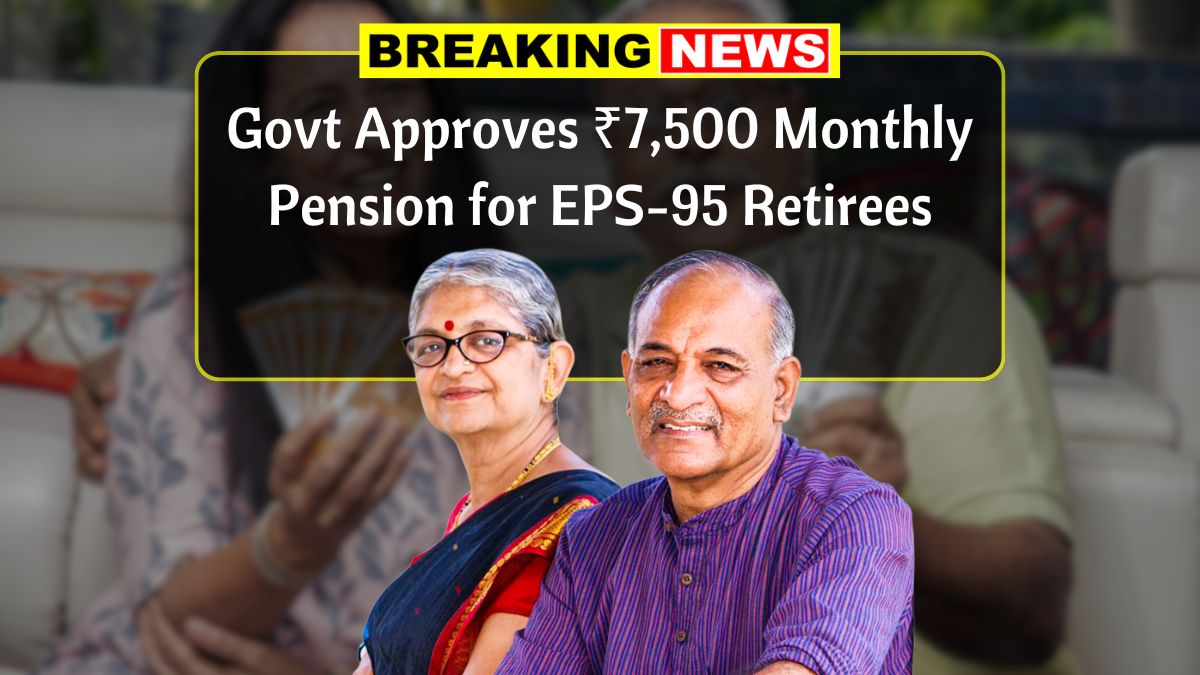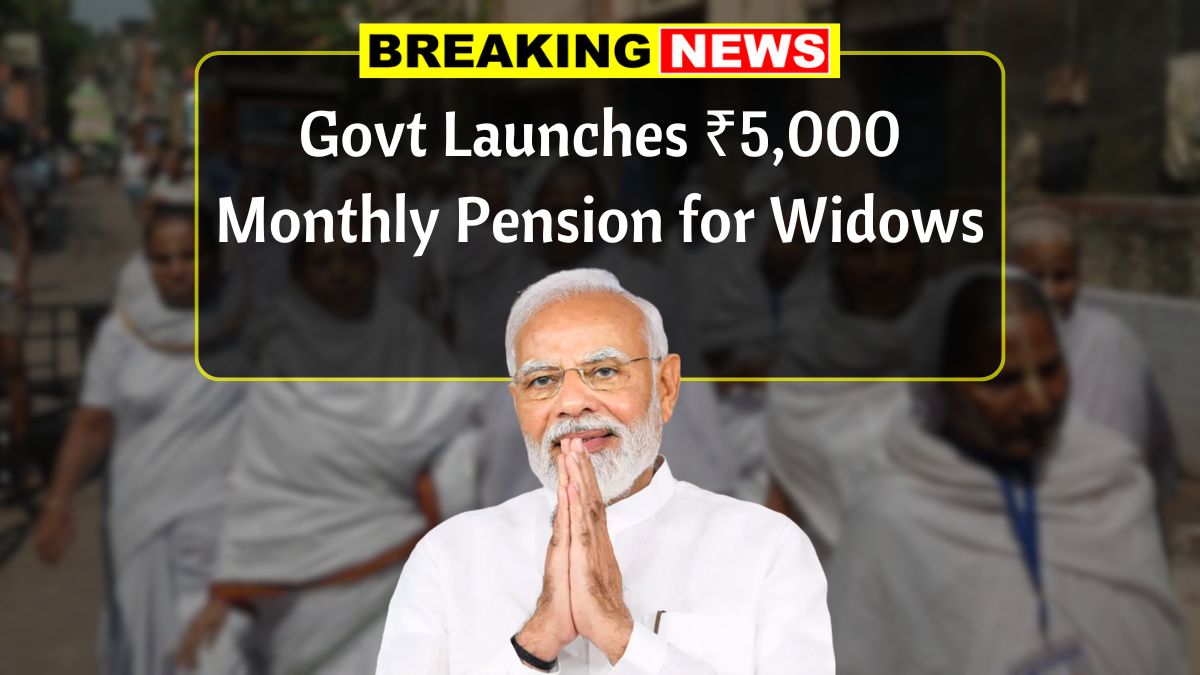New Ration Card Rules – The Indian government is bringing major changes to how free ration will be distributed in 2025. If you or your family have been relying on free ration benefits, it’s time to stay updated. These new rules are meant to ensure that only those who genuinely need help receive it, and that fraud and misuse are minimized. But with the changes, some people may lose their benefits altogether.
Let’s break down what’s changing, who’s eligible now, and what you should do to stay on the right side of the rules.
What’s Changing in the New Ration Card Rules?
The government has updated several key eligibility criteria. The goal is to remove ineligible or fake beneficiaries and make sure that those in real need get proper support. Here are the major changes:
- Revised Income Limit: To qualify for free ration, your family’s annual income must now be under Rs 1 lakh.
- Household Reassessment: Authorities will recheck your family’s status, number of members, and dependency levels.
- Address Verification: You must show valid proof that you’re a permanent resident of the area.
- Aadhaar Card Linking: It’s now compulsory to link your ration card with Aadhaar. Without this, you might lose your benefits.
Who Is Still Eligible?
Not everyone will qualify anymore. The updated list of criteria is strict, and here’s who will be considered eligible under the new system:
- Families with a total income below Rs 1 lakh per year
- No other major government benefit being received
- Must be a permanent resident with valid documents
- Should not own a four-wheeler or commercial property
The idea is simple: the government wants to stop those with decent income or assets from taking unfair advantage of a scheme meant for the truly poor.
Documents You’ll Need for New or Updated Ration Cards
If you’re planning to apply or update your ration card as per the new rules, here’s what you’ll need:
- Aadhaar card for each family member
- Proof of income (salary slip or government certificate)
- Residence proof (electricity bill, rent agreement, etc.)
- Bank account details
- Passport-sized photos of family members
- Old ration card (if you already had one)
- List of family members with age and relationship details
- Caste certificate (only if applicable for reserved categories)
Make sure all your documents are up-to-date and match your Aadhaar information. Any mismatch could delay or cancel your application.
State-wise Free Ration Plans in 2025
Each state has also updated its ration distribution numbers based on the new rules. Here’s a rough look at what states are planning:
| State | Monthly Ration Limit | Estimated Beneficiaries |
|---|---|---|
| Uttar Pradesh | Rs 3000 | 10 lakh families |
| Maharashtra | Rs 3500 | 8 lakh families |
| Bihar | Rs 2000 | 5 lakh families |
| Rajasthan | Rs 2500 | 4 lakh families |
| Gujarat | Rs 2700 | 3 lakh families |
| Karnataka | Rs 2400 | 2 lakh families |
| Tamil Nadu | Rs 2600 | 7 lakh families |
| West Bengal | Rs 2300 | 6 lakh families |
These numbers are still subject to change depending on the final implementation in each state.
Why These Rules Were Needed
In the past, many people who weren’t actually eligible were receiving free ration. This led to misuse of public resources. Here’s how the new rules aim to fix these issues:
- Problem: Wrong people getting benefits
Solution: Strict eligibility verification - Problem: Fake documents being used
Solution: Aadhaar-based identity checks - Problem: Uneven distribution
Solution: Regular ground-level monitoring - Problem: Lack of awareness
Solution: Launch of user-friendly digital portals
These new rules might seem strict, but they are meant to make sure the ration system is fair and reaches the right people. If your family truly needs support, make sure your documents are ready, your Aadhaar is linked, and your income falls within the limit. Keep checking the official government websites for updates.
If you’re eligible, there’s nothing to worry about. But if you’ve been receiving benefits without meeting the proper conditions, it might be time to reassess.
